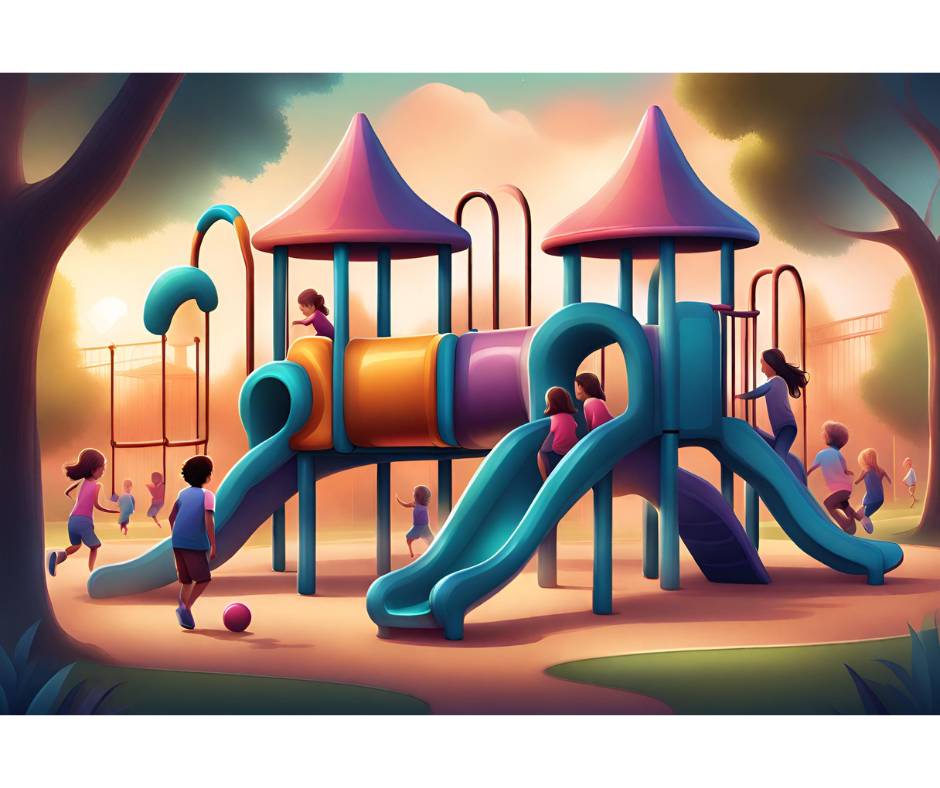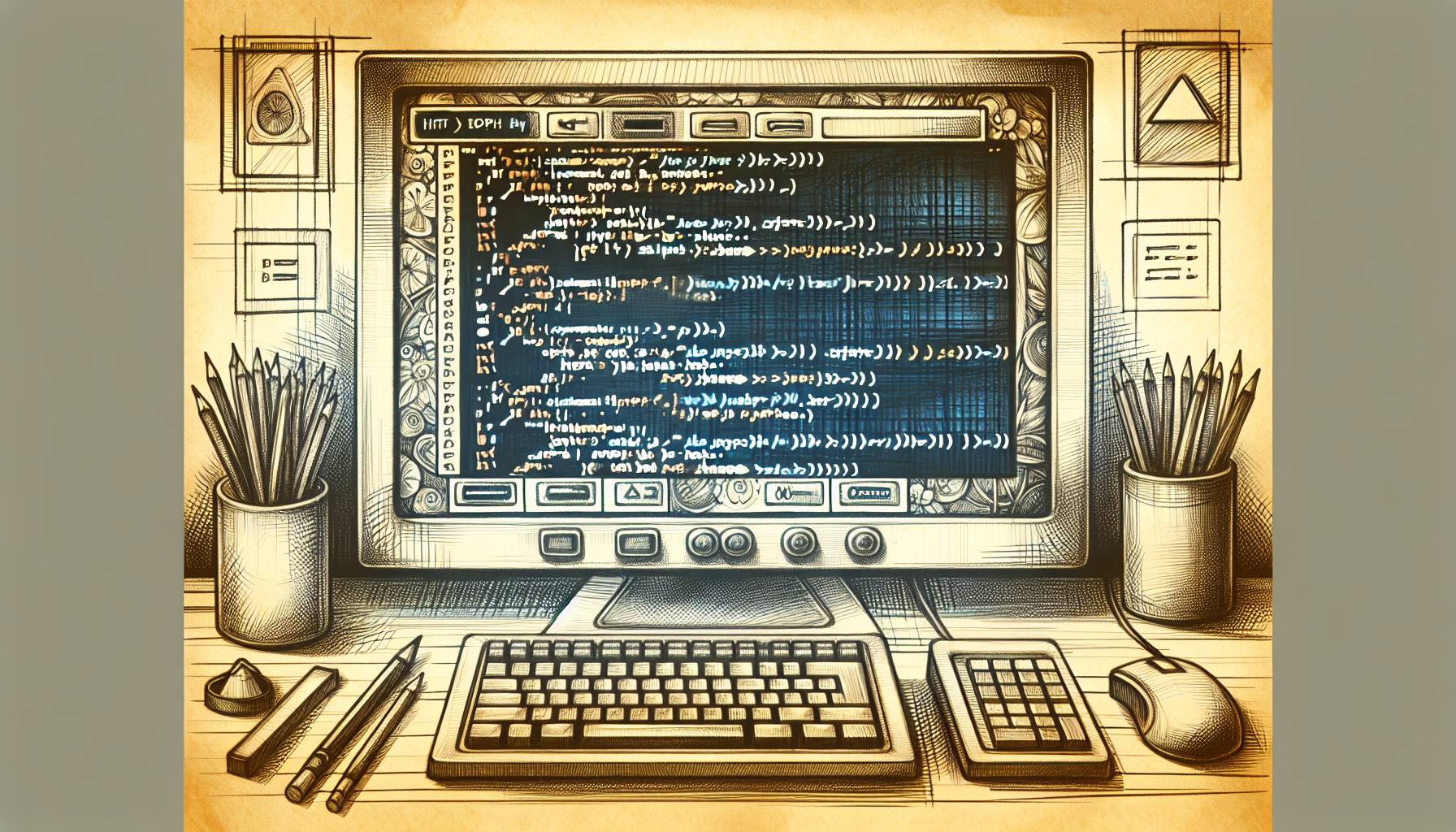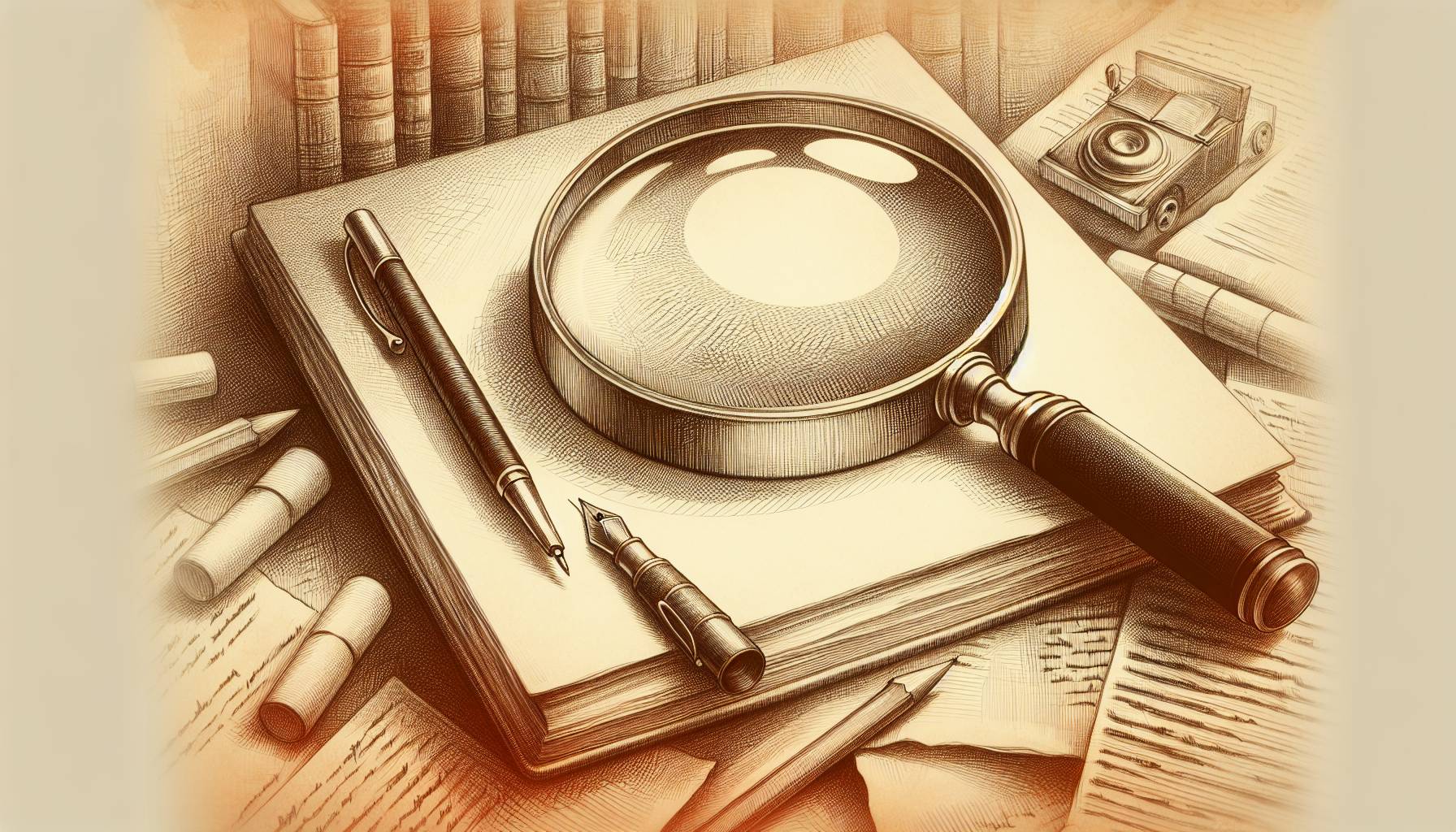Navigating challenges and uncertainty as a business leader requires creativity, tenacity, and resilience. For me and my company, Art of Tea, nothing has demonstrated the truth of that more than the COVID-19 pandemic. Almost immediately, our business went down by 80 percent. Just a few weeks into lockdown, I had to furlough half of my staff, which was deeply painful. We had to figure out how to overcome or at least work with the challenges of the pandemic quickly.
Back in 2008, one of my coaches named Mark Moses put together a list of practices to help companies thrive in a down economy. One of the checkboxes on that list was to cut fast and deep. The logic behind this is that if you only cut a little bit, you’ll likely have to keep going back to cut more, which causes a decline in morale. Team members begin to disengage, constantly wondering if they’re the next to go.
Of course, that wasn’t the only painful lesson we had to learn. However, the knowledge that we gleaned from those incredibly difficult times holds the keys to continued growth and prosperity. No matter what comes our way in the future.
Becoming Stronger in the Long Run
Take the necessary but painful step of furloughing staff, for example. I was desperate to avoid morale decline, because culture is nothing short of critical at Art of Tea.
So, bearing Mark’s checklist in mind, I met with my CFO, and together, we figured out how many team members we would have to cut to compensate for the huge drop in sales. I then met with the leadership team, and together, we determined which team members we felt could really drive through and soar with freedom and opportunity, one of the biggest challenges of the pandemic.
It wasn’t easy saying goodbye to half of the Art of Tea team (even temporarily), but the idea was that through this finite pain, we could all come out not only intact but also stronger in the long run. Still, I cried as I drove home the evening we broke the news to our staff.
I hadn’t cried in a long time. Thankfully, though, because we initially cut so deep, we actually found that we were able to bring some team members back almost immediately once our direct-to-consumer strategy kicked in.
Creating a Deep Sense of Purpose
Each of the remaining staff was laser-focused on making a critical difference so that we could all ultimately survive whatever was to come. We focused deeply on how we could get more efficient with our operations, with the goal of quickly getting to a place where we could bring all of our team members back.
I was delighted to see that this goal seemed to instill a sense of deep purpose into everyone who was still a team member. I saw it as my job to keep everyone on board with their eyes on the prize. Not only for the ultimate survival of Art of Tea. but also for each person’s individual mental and emotional wellness.
I’m happy to say that this sense of purpose created even more of a tribal culture than I’d ever seen in my company before. We made a concerted effort to build the survival of Art of Tea upon tactics that directly related back to our core mission.
Interestingly, because we made this promise to ourselves, it felt like we collectively achieved a sense of purpose rather than slogging around in the challenges of the pandemic and just survival. I suspect we would have been mucking around in survival had our focus remained entirely on financial reports and P&Ls.
Staying True to Our Core Values
Since the hospitality industry wasn’t a viable option to build sales, our team realized we had to get creative. This included leveraging a wider audience if we wanted to continue on. We thought long and hard about the different channels we could reach and places where we could get deeper traction.
Where should we put our focus and emphasis now besides the challenges of the pandemic? Where were we best to lean in and fail fast? To stay true to ourselves, we also had to find a solution within these parameters that stayed true to our core value of impact. With each potential solution, we had to ask ourselves two additional questions: Will this solution impact our customers’ lives? Will it impact our business?
We also knew we had to be smart. We had a limited amount of money to invest with business so far down. So, we subscribed to Good to Great author Jim Collins’s theory and realized there were two tactics we could use to fight for our survival: machine gun or single-shot rifle.
A machine gun sprays out a bunch of bullets with a single shot. A rifle, on the other hand, shoots out one targeted bullet at a time. In dire situations, many companies default to the machine-gun strategy. They spray at whatever targets are potentially in shooting range and hope to hit something. When it comes to marketing dollars, this is a frantic approach that causes companies to run out of ammo quickly.
We opted to take the rifle strategy and aim for a single target demographic: tea drinkers. This was the more low-cost, low-risk approach. For the first time in the history of Art of Tea, we set our sights on a direct-to-consumer audience in a big way and as a primary strategy.
Fail Fast, Fail Quickly
During the period of rapid ideation, anything was fair game. We threw a ton of ideas against the wall to see what stuck. Once we sifted through the plausibility and potential failure points of each idea—no matter how off the wall it might be—we settled on one that seemed to make the most sense, went all-in on it, and were prepared to fail fast and draw out quickly if it didn’t work through challenges of the pandemic.
Since everyone was stuck at home, we decided to launch an online course called Art of Tea Academy. The in-depth program included 25 modules of in-depth content and videos about the history of tea, the how-tos of tea, and so much more.
This strategy was aligned with my philosophy. If you give away 85 percent of your information, people will buy the additional 15 percent. The best way to earn people’s trust is to build their knowledge by sharing your own.
This tactic also aligned with Art of Tea’s emphasis on giving and contribution, which felt important. We launched the course for free for the first 90 days and then increased the price to 20 dollars. The minimal price point was for the energy exchange. Also because studies show that people value a paid purchase more than a complimentary gift.
Carrying Lessons Forward
We went into this endeavor well aware that we might fail. But if that turned out to be the case, we wanted to fail quickly. We believed there was the potential to use this moment in time as an opportunity to establish Art of Tea as leaders in the tea space by contributing to the average person’s knowledge about tea.
When the educational program launched, we got a lot of direct feedback from customers. Mostly, feedback about what was wrong and what needed to be fixed. We went into the launch with a long, established history of thanking our customers for feedback—especially harsh and critical feedback. So, it turns out we had set ourselves up nicely for this scenario.
Our customers are always our teachers, and in this case, that was truer than ever before. They provided us with the opportunity to quickly identify and fix things that weren’t working. Or things that needed smoothing out. And, since our remaining team members were all leaning in together, what could have felt like big stumbling blocks instead seemed manageable.
We fell, but we got up quickly from the challenges of the pandemic. This, like all the other lessons that came out of the pandemic, was a critical lesson. And, it’s one that—like all the others—we will carry forward with us when faced with challenges. And uncertainties that will inevitably occur.
For more advice on how you can help your business navigate challenging and uncertain times, you can find Art of Tea on Amazon.













